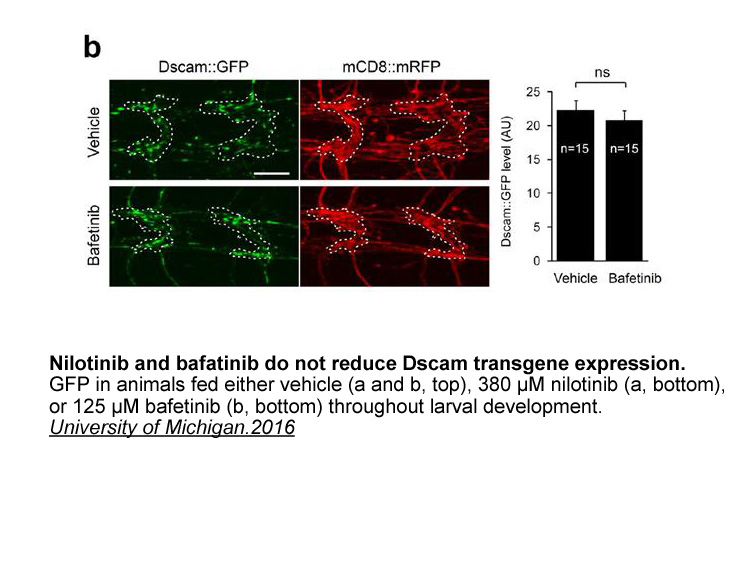Archives
br Conclusion br Conflicts of interest br
Conclusion
Conflicts of interest
Introduction
RNA interference is a specific post-transcriptional gene silencing mechanism within a cell via the transfection of microRNAs (miRNA), exogenous small interfering RNAs (siRNA) or small hairpin RNAs (shRNA) [1–3]. Transfection of shRNA can be done by shRNA-encoding expression plasmids. These vectors have several advantages. They ensure sustained silencing of the targeted genes via prolonged expression of shRNAs. Furthermore, shRNA-encoding sequence integration into the genome is also possible with specially designed plasmids. On the contrary, shRNA-encoding expression plasmids are larger than shRNA because of including elements for plasmid formation like promoters and Naltrindole hydrochloride receptor sequences. Consequently, shRNA-encoding expression plasmids are comparatively larger molecules and it is more challenging to transfect cells. High transfection efficiencies are required for gene silencing. For this purpose, a convenient plasmid delivery system is required [4–6].
Solid lipid nanoparticles (SLNs) have gained increased interest over the past decade due to the various functions that help to incorporate genes into cells as a nonviral gene delivery system [7,8]. SLNs are nanosized particulate systems prepared by lipids which are solid at room temperature. SLNs can be prepared by various techniques such as solvent emulsification-evaporation, microemulsion dilution, high pressure homogenization, solvent evaporation and ultrasonication methods [9,10]. They usually consist of physiologically well-tolerated ingredients already approved for pharmaceutical applications in humans, can readily be produced in large scale, have good storage capabilities including freeze-drying, can be sterilized and have low cytotoxicity [11,12]. SLNs could be produced in nanosize and have been shown to condense pDNA into nanometric colloidal particles. SLN:pDNA vectors are capable of transfecting mammalian cells in vitro and better results were obtained when compared with standard DNA carriers such as cationic lipid, cationic polymers, cationic liposomes or some other commercially available transfection kits [13–15]. The to tal surface charge and the size of the SLN:pDNA vectors play important roles in cellular uptake of cells. The size of SLNs and electrostatic interactions between vector and cell surface can be modified due to various production strategies to obtain higher transfection efficiency [16].
5α-reductase were chosen as a target protein in this study for gene silencing due to its important role in steroid metabolism [17]. The conversion of testosterone to dihydrotesterone (DHT) is catalyzed by 5α-reductase and 5α-reductase inhibitor drugs such as finasteride, dutasteride, and turosteride are mainly used in benign prostatic hyperplasia (BPH) and androgenic alopecia (AA) [18,19]. Although, 5-α reductase inhibitors are primarily used to treat BPH and AA, these inhibitors are under investigation to be used against prostate cancer, as well [20–22]. Their efficacy against prostate cancer has been evaluated in recent years and there are some 5α-reductase inhibitors that have ongoing phase II and phase III trials for the markets [23]. Beside their promising uses in different disease,
tal surface charge and the size of the SLN:pDNA vectors play important roles in cellular uptake of cells. The size of SLNs and electrostatic interactions between vector and cell surface can be modified due to various production strategies to obtain higher transfection efficiency [16].
5α-reductase were chosen as a target protein in this study for gene silencing due to its important role in steroid metabolism [17]. The conversion of testosterone to dihydrotesterone (DHT) is catalyzed by 5α-reductase and 5α-reductase inhibitor drugs such as finasteride, dutasteride, and turosteride are mainly used in benign prostatic hyperplasia (BPH) and androgenic alopecia (AA) [18,19]. Although, 5-α reductase inhibitors are primarily used to treat BPH and AA, these inhibitors are under investigation to be used against prostate cancer, as well [20–22]. Their efficacy against prostate cancer has been evaluated in recent years and there are some 5α-reductase inhibitors that have ongoing phase II and phase III trials for the markets [23]. Beside their promising uses in different disease,  gynecomastia, erectile dysfunction, fatigue, hypoglycemia, and depression, are only a few of the possible side-effects of conventional 5α-reductase inhibitors. These effects reduce their systemic usage especially for AA indication [24,25]. Due to all these side effects, topical administration of nucleic acid-based therapeutics against 5α-reductase activity may be an alternative and effective delivery route without systemic side effects [26–29]. In this study, we aimed to develop SLN:pDNA vector system for delivery of shRNA-encoding plasmid against 5-α reductase in order to silence the expression of 5α-reductase enzyme transcripts. DU-145 cell line was chosen for its well-known 5-α reductase activity and to test the silencing effects of developed vector system [30–32]. Permeation ability of vector system was also evaluated for its possible use in topical therapy in the future for some diseases such as AA. Obtained data in this study may help to develop drugs or vectors with less side effects against BPH, prostate cancer or AA for further studies.
gynecomastia, erectile dysfunction, fatigue, hypoglycemia, and depression, are only a few of the possible side-effects of conventional 5α-reductase inhibitors. These effects reduce their systemic usage especially for AA indication [24,25]. Due to all these side effects, topical administration of nucleic acid-based therapeutics against 5α-reductase activity may be an alternative and effective delivery route without systemic side effects [26–29]. In this study, we aimed to develop SLN:pDNA vector system for delivery of shRNA-encoding plasmid against 5-α reductase in order to silence the expression of 5α-reductase enzyme transcripts. DU-145 cell line was chosen for its well-known 5-α reductase activity and to test the silencing effects of developed vector system [30–32]. Permeation ability of vector system was also evaluated for its possible use in topical therapy in the future for some diseases such as AA. Obtained data in this study may help to develop drugs or vectors with less side effects against BPH, prostate cancer or AA for further studies.